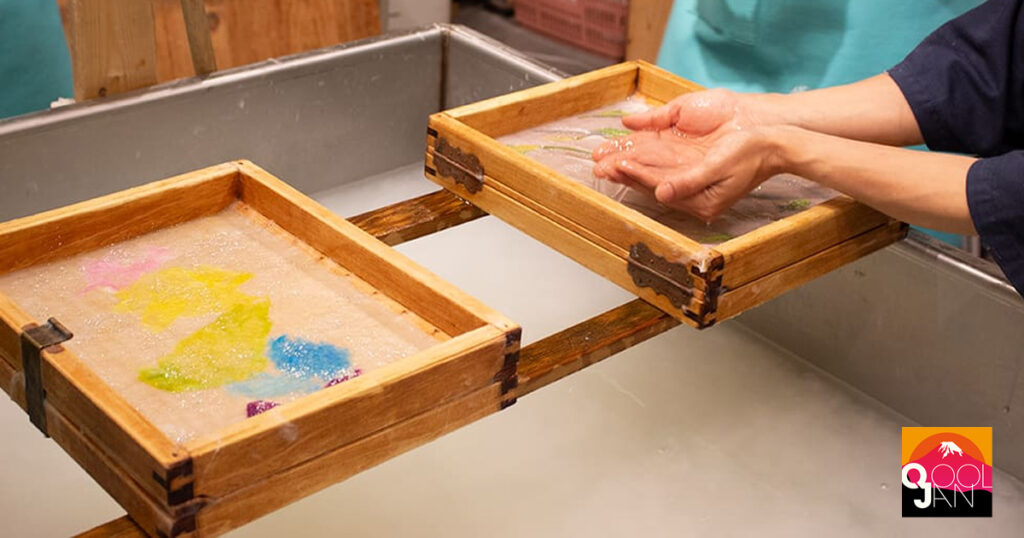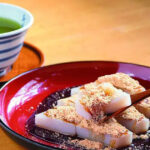You might have come across something made of Washi (和紙・わし), handmade Japanese Paper, once or twice in Japan.
Japanese Washi has been registered on UNESCO’s World Cultural Heritage List since November 27, 2014.
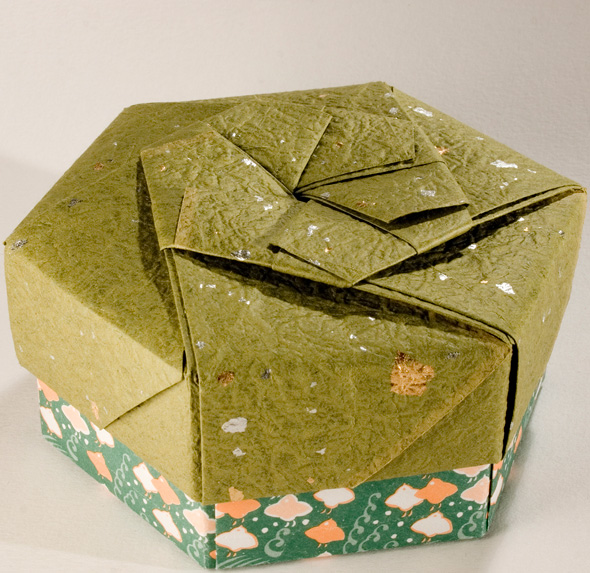
Credit: Dominic’s pics via Flickr
The process for making Washi is quite complicated and takes a lot of time, so only a relatively small amount can be produced at one time.
It is soft but strong, and because of this quality it is used all over the world for repairing cultural assets.
History of Washi:
Washi has a long history in Japan, and a book which is believed to have been made of Washi about 1,200 years ago still exists.
In the Nara period (the 8th century) demand for Washi increased because transcribing sutras became popular, and Washi production began in many regions.
In the Edo period (the 17th century to the 19th century), Washi was even more in demand because of its use in scrolls, umbrellas, woven hats, shoji screens, lantern shoji, and so on.
Even in modern-day Japan we still use some of these items, so when you stay in a Ryokan (旅館・りょかん), or other traditional style Japanese hotels, you will see items made of Washi.
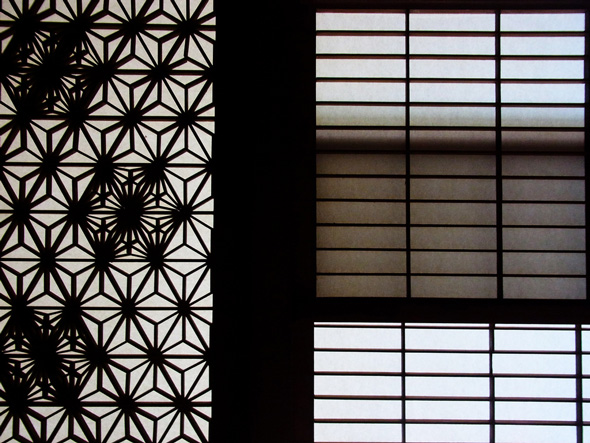
Credit: spinster cardigan via Flickr
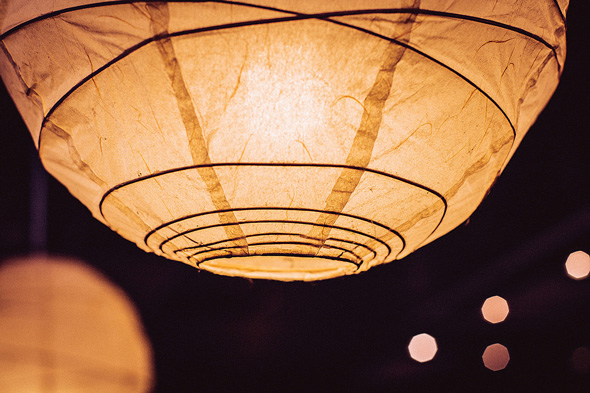
Credit: John Rabbit via Flickr
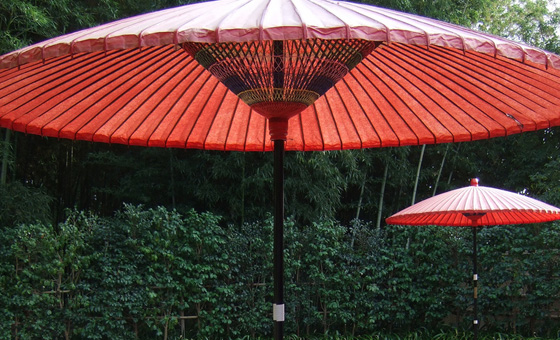
There are numerous shops where they sell Japanese paper and some crafts with it.
And also, if you want to see how Washi is made by hand, go to Origami Kaikan Ochanomizu in Tokyo.
You will learn more about Washi there if you visit.

